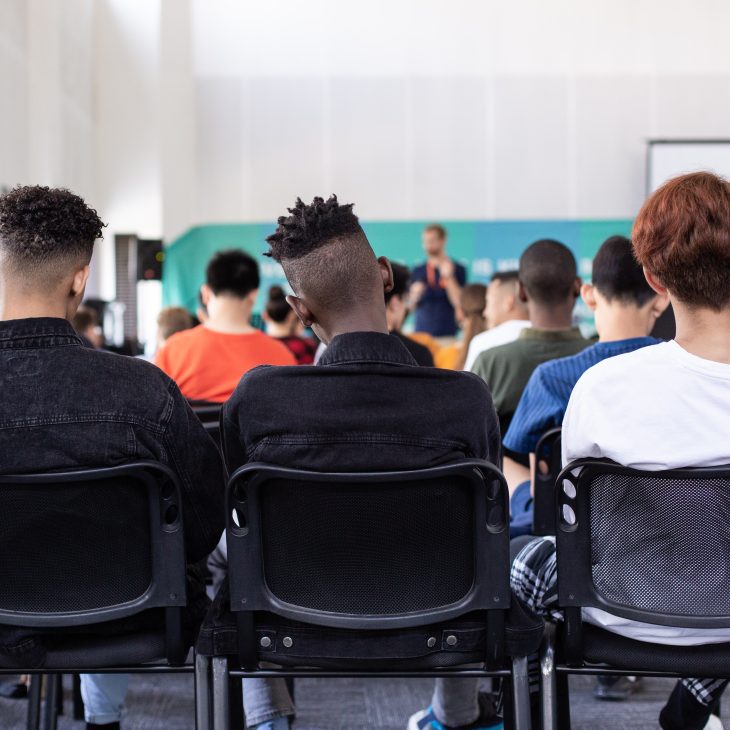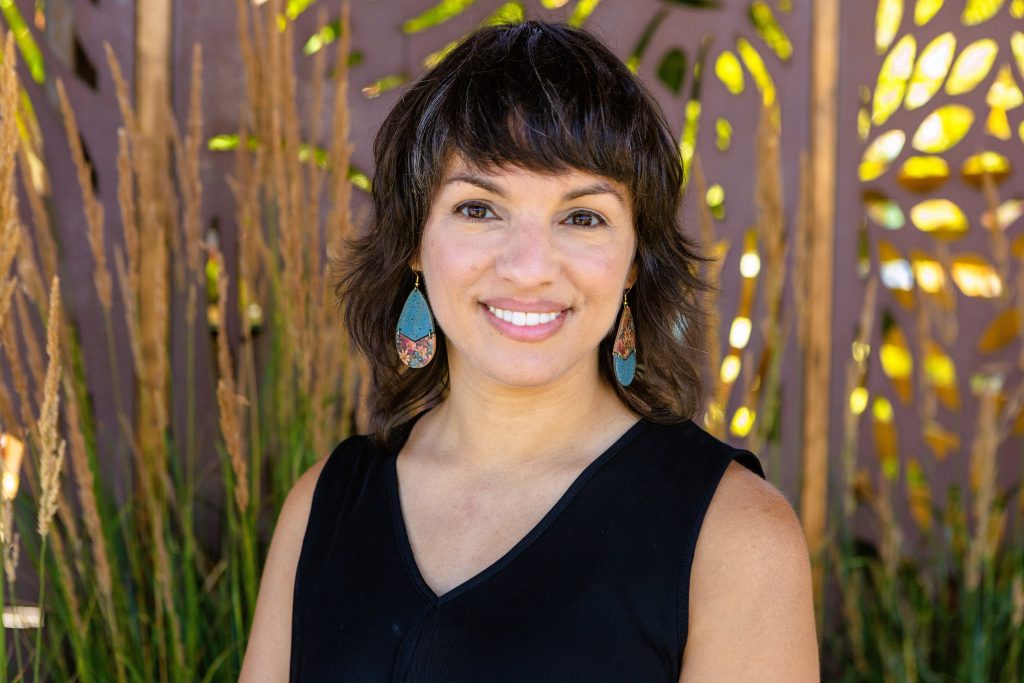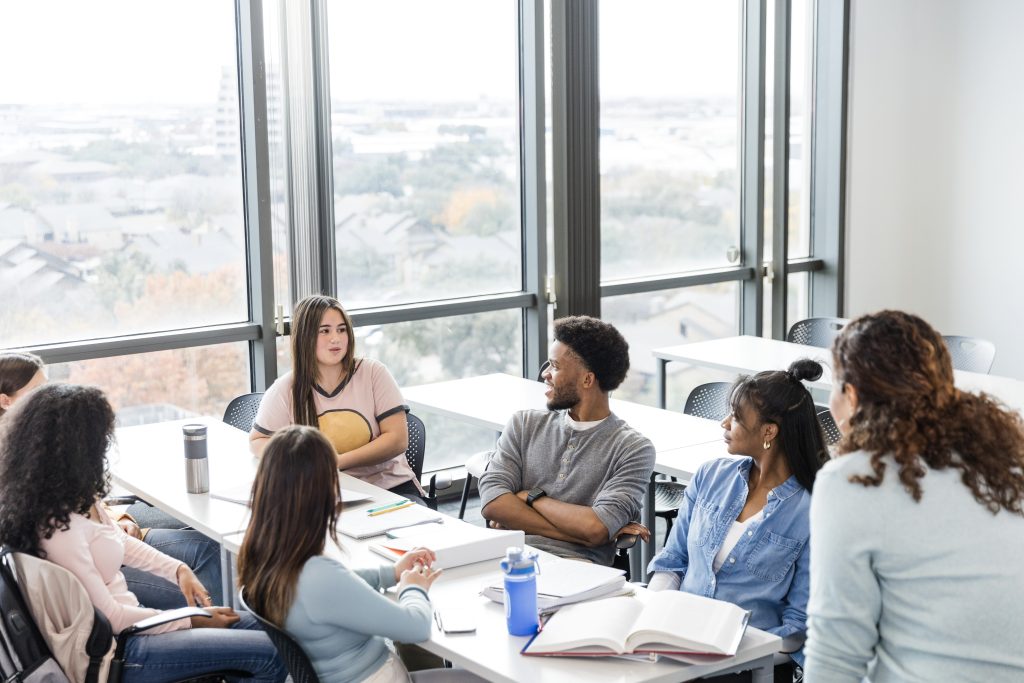What Does Abolition Look Like in the Classroom?
February 10, 2021

Amina Mohamed is an elementary school teacher at an independent progressive school in New York City, and a 2020 Interfaith America Racial Equity Fellow. She previously taught English Learners from immigrant and refugee backgrounds in Michigan.
Several years ago, a friend wrote a short poem that I continue to go back to:
“I love god,
I love Black people,
In that order”
This year, another friend shared that this year feels like a graveyard for Black people. We’ve had to bury each other, literally and metaphorically. We are met by death and reminded of it every waking day. With a pandemic that disproportionately affects poor Black people. With police brutality. With institutions being emotionally violent towards Black women. Death isn’t always physical. It also doesn’t happen at once.
What does it mean to then love your people so much and grapple with the violent ways that death is going to meet them in? How do we continue reimagining a better world for each other while simultaneously grieving?
Being a teacher gives me a space to constantly reimagine, even while I wait for the rest of the world to catch up. Children have a way of thinking beyond the parameters and limitations set forth by society. When I think of destroying systems of oppression, I defer to my students and ask them to paint the full picture for me.
This year, I was tasked with teaching community safety. Historically, most schools teach about community helpers, which includes police officers. In some schools, students visit police stations to learn about the different ways they can protect themselves and their community. I knew that would never be the route I took. While I firmly believe in abolishing the police and prisons, I also believe in letting children form their own opinions of the world. I asked myself, what frameworks were already in place that address community safety while centering the well being of Black people. Living in a global pandemic and political instability has also added an extra layer in the way that children conceptualize safety.
I kicked off the unit by asking them to brainstorm issues they’ve noticed in their communities that affect the safety of the people who live there. I then told them that we would come up with new jobs to help solve these issues. One student immediately asked “do the jobs have to be real or can we make them up?” and I told them that they can let their imagination take them anywhere.
“There’s lots of homeless people outside the subway”
“There’s people who break into stores and people’s houses and steal”
“People are getting into fights and hurting each other”
“People aren’t wearing masks when they go outside”
“I want the police to stop killing Black people and carrying guns”
I then asked them to come up with solutions to these issues. To my surprise, most students suggested the following:
While they were able to come up with solutions that centered their community’s humanity, it was still challenging for them to brainstorm jobs that would tackle these issues. Most students suggested that police take care of these issues of safety but without the use of guns and violence. Some students suggested there be a “peacekeeper” to help people repair harm and ensure accountability when fights break out. It broke my heart to see how their imagination continued to center police. With careful reflection, I also understood how abolition isn’t a destination, but a lifelong journey.
White supremacy operates from a scarcity framework that exists and thrives through theft and hoarding of wealth and materials. Abolition instead tells us that we can seek the destruction of systems like white supremacy without having actionable items prepared. We can demand free housing, food, and masks–like my students recommended–without knowing how it will be funded in the here and now. It dares us to radically imagine amidst systems that seek destruction. We know too well that even with tangible solutions, institutions still refuse to change. So why then should we be afraid to let our minds radically imagine?
Reading about abolition and abolitionists gave me the space to breathe and reimagine in a way that feels intentional. We studied the Black Panther Party (BPP) and looked at initiatives they started to not only protect each other, but also care for each other. I don’t expect my students to believe in police and prison abolition at the end of the year. I’m realizing how white supremacy robs us of our ability to reimagine a different world. Not one where current systems are more accessible, just, and equitable. No. But a completely new one. Starting from scratch.
It scares me to think of a new reality, one that’s never existed before. But I’m also mindful that I’m currently living in a global pandemic, a reality I never expected to be a part of. Change is scary and unsettling in so many ways. I find myself afraid and anxious constantly as I think of the deadly cost that comes with liberation. Until then, I will do what I do best: teach.
Share
Related Articles
American Civic Life
Is This a Time for Bridgebuilding? 5 Leaders in Conversation
American Civic Life
Faith Based Efforts Work in Vaccine Uptake: Now Let’s Make it Easy
American Civic Life



